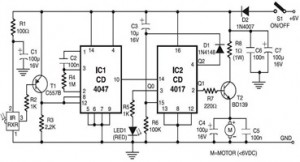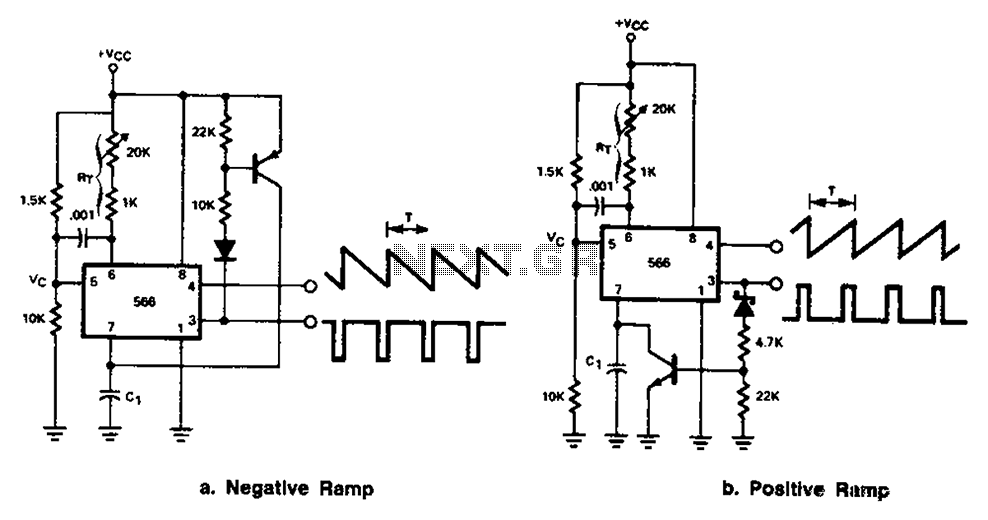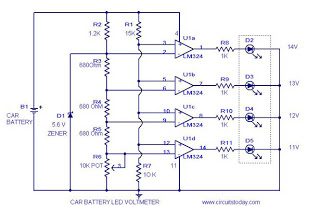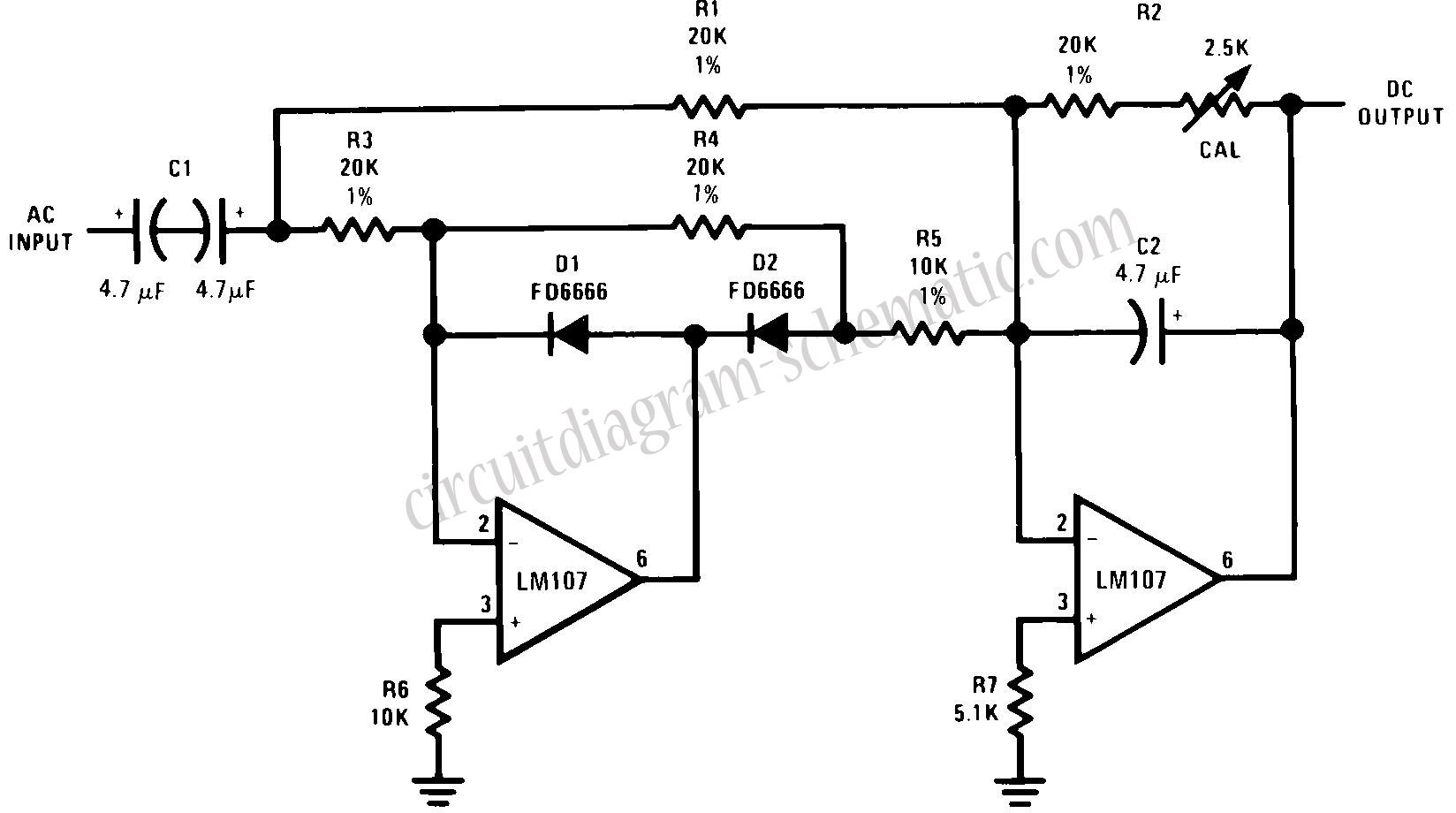
Double tube fluorescent lighting circuit
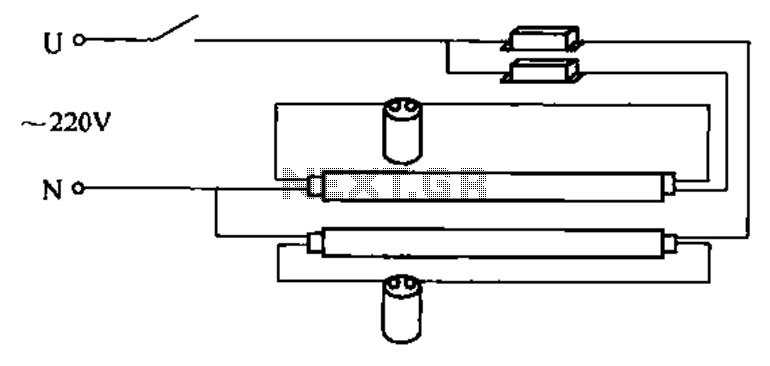
A double tube fluorescent lighting circuit is illustrated. In certain situations, a single tube light may not fulfill the lighting requirements, necessitating the use of double tube lighting. The physical installation is depicted in the circuit of a double tube lamp. This circuit is a combination of two single-tube lamp circuits.
The double tube fluorescent lighting circuit operates by integrating two individual single-tube circuits into a cohesive system designed to enhance illumination levels. Each tube operates independently, allowing for a more efficient distribution of light compared to a single tube. The circuit typically includes components such as a ballast, which regulates the current flowing through the tubes, ensuring they operate at optimal efficiency while preventing flickering or overheating.
The installation of the double tube fluorescent lighting circuit involves connecting the two tubes in parallel or series, depending on the design requirements. In a parallel configuration, each tube receives the same voltage, providing uniform brightness, while in a series configuration, the voltage is divided between the two tubes, which may result in varied brightness levels.
The circuit is designed to accommodate standard fluorescent tubes, typically available in various lengths and wattages, allowing for flexibility in lighting design. Additional components may include starters, which help initiate the gas discharge process in the tubes, and switches for controlling the on/off state of the lighting system.
This type of lighting solution is commonly used in commercial and industrial settings where higher luminous output is essential for visibility and safety. The double tube fluorescent lighting circuit not only enhances brightness but also contributes to energy efficiency, making it a practical choice for extensive lighting applications. Proper installation and maintenance of this circuit are crucial to ensure longevity and optimal performance of the fluorescent tubes.Double tube fluorescent lighting circuit is shown. In some cases the need to improve twice, single-tube light can not meet the lighting requirements, double tube lighting. Phys ical installation is shown in a double tube lamp shown. Double tube fluorescent lighting circuit is a combination of two single-tube lamp circuit,
The double tube fluorescent lighting circuit operates by integrating two individual single-tube circuits into a cohesive system designed to enhance illumination levels. Each tube operates independently, allowing for a more efficient distribution of light compared to a single tube. The circuit typically includes components such as a ballast, which regulates the current flowing through the tubes, ensuring they operate at optimal efficiency while preventing flickering or overheating.
The installation of the double tube fluorescent lighting circuit involves connecting the two tubes in parallel or series, depending on the design requirements. In a parallel configuration, each tube receives the same voltage, providing uniform brightness, while in a series configuration, the voltage is divided between the two tubes, which may result in varied brightness levels.
The circuit is designed to accommodate standard fluorescent tubes, typically available in various lengths and wattages, allowing for flexibility in lighting design. Additional components may include starters, which help initiate the gas discharge process in the tubes, and switches for controlling the on/off state of the lighting system.
This type of lighting solution is commonly used in commercial and industrial settings where higher luminous output is essential for visibility and safety. The double tube fluorescent lighting circuit not only enhances brightness but also contributes to energy efficiency, making it a practical choice for extensive lighting applications. Proper installation and maintenance of this circuit are crucial to ensure longevity and optimal performance of the fluorescent tubes.Double tube fluorescent lighting circuit is shown. In some cases the need to improve twice, single-tube light can not meet the lighting requirements, double tube lighting. Phys ical installation is shown in a double tube lamp shown. Double tube fluorescent lighting circuit is a combination of two single-tube lamp circuit,
